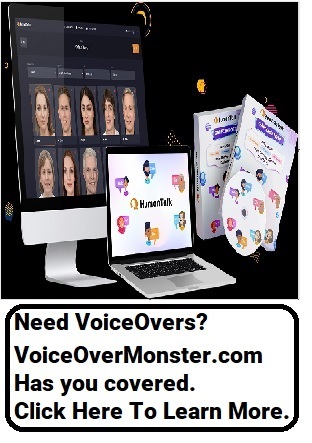As the digital marketing landscape continues to evolve, businesses are constantly looking for new and innovative ways to connect with their target audience. Two trends that have gained significant traction in recent years are user-generated content (UGC) and micro-influencer marketing. In this article, we'll explore these trends, their benefits, and how businesses can leverage them to enhance their marketing efforts.
User-Generated Content (UGC)
User-generated content refers to any form of content, such as images, videos, or reviews, that is created by users and shared on social media or other platforms. UGC is an effective way for businesses to generate authentic, engaging content that resonates with their audience. By encouraging customers to create and share their own content, businesses can build trust, increase brand awareness, and boost customer engagement.
Benefits of UGC
One of the key benefits of UGC is that it can significantly improve a brand's authenticity and credibility. Consumers are more likely to trust content that comes from their peers rather than from a brand itself. UGC also helps to increase engagement by fostering a sense of community among followers. Additionally, UGC can save businesses time and resources, as they can rely on their customers to create high-quality content that promotes their brand.
Examples of UGC
Many brands have successfully leveraged UGC in their marketing efforts. For example, Starbucks launched a successful UGC campaign called the "White Cup Contest," which encouraged customers to decorate their white Starbucks cups and share their designs on social media. The campaign generated over 4,000 submissions, increased customer engagement, and provided Starbucks with a wealth of user-generated content to share on their own platforms.
Micro-Influencer Marketing
Micro-influencer marketing involves partnering with influencers who have smaller followings (typically between 1,000 and 100,000 followers) to promote products or services. Micro-influencers are often highly engaged with their followers and have established a niche audience, making them a valuable asset for businesses seeking to connect with a specific demographic.
Benefits of Micro-Influencer Marketing
One of the key benefits of micro-influencer marketing is the authenticity and trust that these influencers have built with their followers. Micro-influencers often have a more personal connection with their audience and can provide a more genuine endorsement of a product or service. Additionally, partnering with micro-influencers can be more cost-effective than working with larger influencers or traditional advertising methods.
Examples of Micro-Influencer Marketing
Several brands have found success with micro-influencer marketing campaigns. For example, Glossier, a beauty brand, partnered with micro-influencers to promote their products on social media. The campaign generated over 2.5 million impressions and a significant boost in sales. Similarly, Peloton, a fitness company, partnered with micro-influencers to promote their at-home workout equipment and classes, resulting in increased brand awareness and customer engagement.
In Conclusion
UGC and micro-influencer marketing are two trends that have become increasingly popular in the digital marketing landscape. By leveraging UGC and micro-influencer partnerships, businesses can enhance their marketing efforts, connect with their audience, and build authentic relationships with their customers. As these trends continue to evolve, businesses that stay ahead of the curve and adapt their strategies accordingly will be well-positioned to thrive in the competitive online marketplace.

